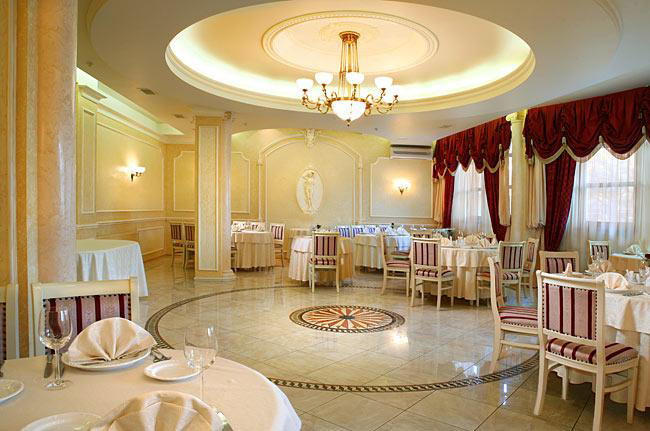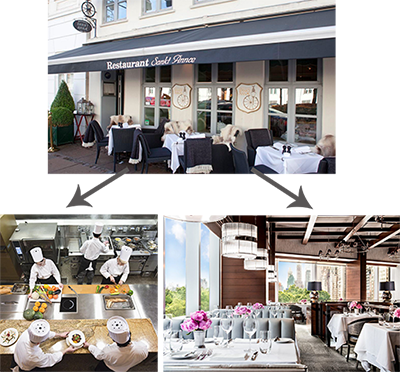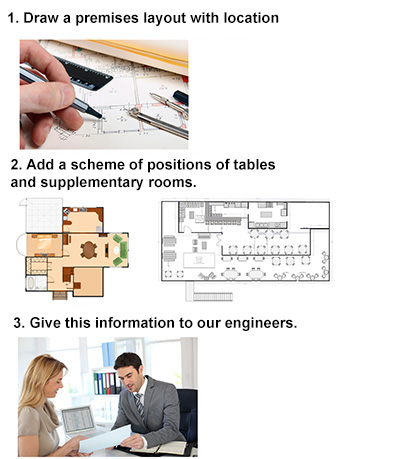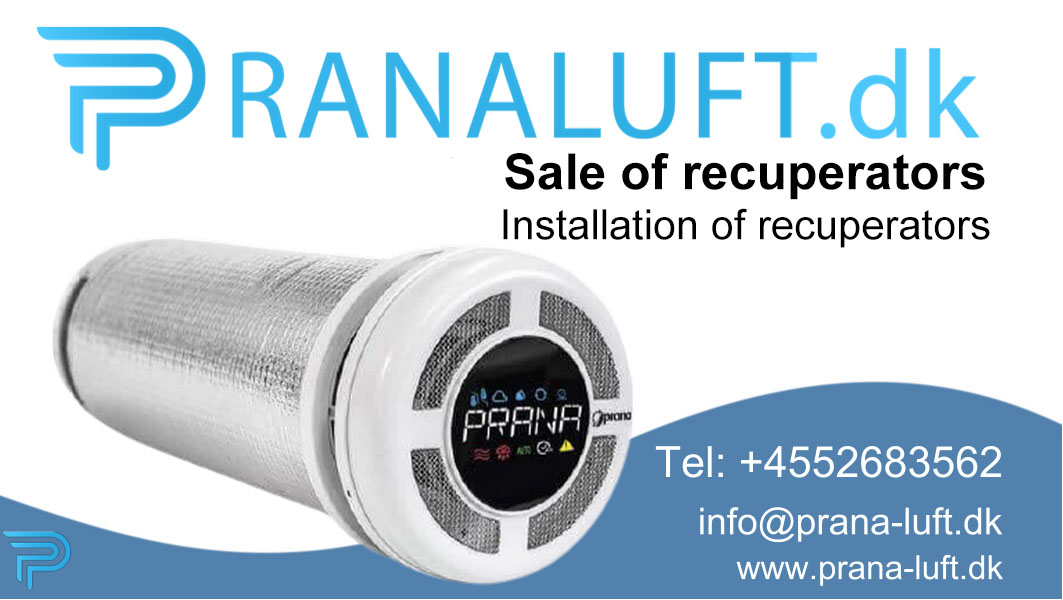A good restaurant, café, bar or pub is not just a lucky place, cozy interior and delicious cuisine but it is appropriate ventilation too!
Are you an owner of a restaurant, public catering place or entertainment complex? Then this information is for you. Of course, the success of any restaurant, café or bar depends on the professionalism of chefs and atmosphere of a place. However, without ventilation of good quality your business will not bring expected results. After all, it does not matter how attractive your restaurant is, how many delicious dishes are cooked there, if visitors experience unpleasant odours, suffocation and sense of increased humidity, you can lose all your clients.

What to begin with?
The issue of ventilation in a restaurant and café must be approached in an integrated manner.
The main task of any ventilation system in public catering and entertainment places is to effectively remove food odours, cigarette smoke, other unpleasant odours and excessive heat which appears when food is prepared in kitchens. It is also responsible for fresh and clean air supply from outside.

PRANA ®
Restaurant ventilation system is conventionally divided into kitchen ventilation and ventilation of other premises. Kitchen ventilation is located in the premises where food is prepared (hot and cold meal preparation rooms). Ventilation of other premises includes hall for visitors, dancing floor and administrative premises. Specific ventilation equipment is chosen for every premise according to technical requirements and special needs.
Ventilation of the visitors’ hall
The need for air for restaurant halls is calculated in accordance with the size of the sitting area.
It is recommended to install intake-extract ventilation with heat recuperation in the halls of restaurants or cafes. These are such ventilation systems which provide simultaneously fresh air supply and exhaust air removal. Apart from that due to the heat exchanger which is situated inside exhaust air transfers its temperature to air from outside. Thus, outside air gets into a hall not only being fresh but also being heated up in winter and cooled down in summer. This ventilation principle is called heat recuperation; and the ventilation system is a recuperator itself. Prana recuperators with copper heat exchangers are considered to be the best modern decentralized ventilation systems.
Besides, Prana recuperators have intake basically 8-10% more than extract that provides compensation of extract hood operation in toilet facilities and in the kitchen or you can regulate the level of intake as necessary.

It is recommended to install air conditioners additionally. Recuperators can work together with air conditioners which makes their work easier. Namely, air temperature which was created by an air conditioner is then maintained by a Prana recuperator even when in summer hot air is transmitted outside. Recuperation coefficient of residential ventilation systems is 92%.
Ventilation of the kitchen
The need for air for restaurant halls is calculated in accordance with the size of the sitting area.
For kitchen ventilation it would make sense to use intake-extract ventilation with a channel system of intaking and extracting air. Traditionally, conditioners are not installed in the premises where food is prepared.
In food preparation rooms it is necessary to pay special attention to the places where different smells appear and accumulate: kitchen ovens, frying pens and braziers and others. Special devices are used in such places: chimneys with grease collectors, so called technological extract hoods. It is great if they are made of corrosion resistant steel and can be easily washed. Grease collectors protect ventilators from pollution and grease.
Power and efficiency of the ventilation system in a kitchen of a restaurant, café or bar are calculated depending on the equipment which is used in the kitchen. So the extracting hood surface must be 10 cm bigger than a cooking top.
For example, if the size of a cooking top is 600x600 mm, then the extraction hood surface must be 800x800 mm. In that case the engine of an extracting ventilator must provide air exchange not less than 800-900 m3/h.

You must also remember when designing kitchen ventilation in a restaurant fresh air must be supplied 8-10% less. So kitchen odours will not get into the halls. Air balance in the kitchen and in the food preparation room is recreated by intake ventilation which is installed in the kitchen on the opposite side to the extract hood.

Filters of rough air cleaning are additionally installed in industrial models at the air intake and that prolongs the operational life of the system.
Ventilation installation choice
Plan of actions is very simple:

Our specialists will design ventilation for the whole establishment absolutely free of charge and they will recommend you the best solutions in ventilations. Entrust your business to our professionals!





